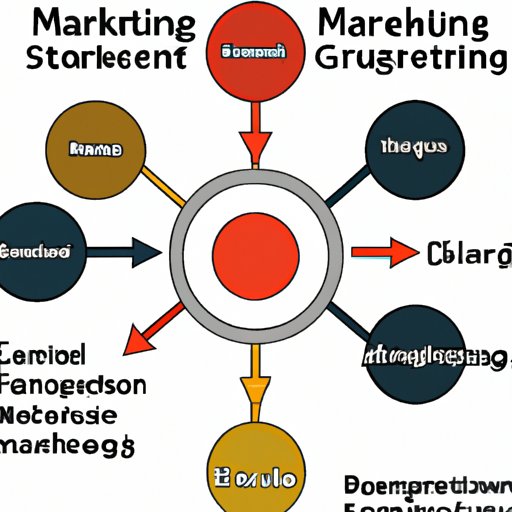Introduction
A successful marketing campaign strategy can help businesses reach their goals and objectives by reaching the right target audience effectively. It requires research, planning, and execution, but when done correctly it can be highly rewarding. In this article, we’ll explore how to create a successful marketing campaign strategy from start to finish.
Research Your Target Audience
Before launching any kind of marketing campaign, it’s important to understand who your target audience is and what they need or desire. This will help you craft messages and design content that resonates with them and drives desired outcomes. Research tools such as surveys, focus groups, and interviews can provide valuable insights into your target audience.
Start by gathering basic demographic information such as age, gender, location, and income level. Then dig deeper to identify their needs, preferences, and pain points. Understanding your target audience’s wants and needs will help you create more effective campaigns.
Set Clear Goals and Objectives
Once you’ve identified your target audience, it’s time to set clear goals and objectives for your campaign. Every campaign should have measurable objectives that are achievable within the given timeline and resources. Define exactly what you want to accomplish and make sure your team is on the same page.
When setting objectives, consider factors such as desired outcomes, budget, timeline, and resources. Make sure your goals are realistic and achievable, and that everyone involved in the campaign understands what is expected.

Choose Appropriate Channels for Your Campaign
The next step is to decide which channels to use for your campaign. Different channels have different strengths and weaknesses, so it’s important to evaluate each one carefully before committing. Consider both traditional and digital channels, such as television, radio, print, email, social media, and more.
Evaluate the effectiveness of each channel and determine which ones are most likely to reach your target audience. Consider cost, reach, engagement, and other factors before making a decision.
Create Engaging Content
Now that you’ve chosen the appropriate channels, it’s time to create engaging content that resonates with your target audience. Craft compelling messages that will draw people in and make them want to take action. Design content that is visually appealing and easy to understand.
Make sure your content is relevant and adds value for your target audience. Test different types of content and measure engagement to determine what works best.
Monitor, Test, and Adjust
Throughout the campaign, it’s important to monitor progress and make adjustments as needed. Track key metrics such as reach, impressions, click-through rate, and conversion rate to determine which elements of the campaign are working and which need to be tweaked. Test different versions of content and adjust accordingly to maximize results.
Track Results & Optimize
Once the campaign is complete, it’s time to measure success. Analyze the results to identify strengths and weaknesses, and use these insights to improve future campaigns. Look for areas where you can optimize and make changes to get the most out of your marketing efforts.
Evaluate Your Campaign’s Success
Finally, evaluate the success of your campaign. Analyze the data to identify patterns and trends, and use these insights to inform future campaigns. Compare your results to your original objectives to see if you met your goals. Use these learnings to refine your strategy and make adjustments as needed.
Conclusion
In conclusion, creating a successful marketing campaign strategy requires research, planning, and execution. Start by researching your target audience to understand their needs and preferences. Then set clear goals and objectives and choose appropriate channels for your campaign. Create engaging content that resonates with your target audience, then track progress and make adjustments as needed. Once the campaign is complete, measure success and use these insights to improve future campaigns.
(Note: Is this article not meeting your expectations? Do you have knowledge or insights to share? Unlock new opportunities and expand your reach by joining our authors team. Click Registration to join us and share your expertise with our readers.)
